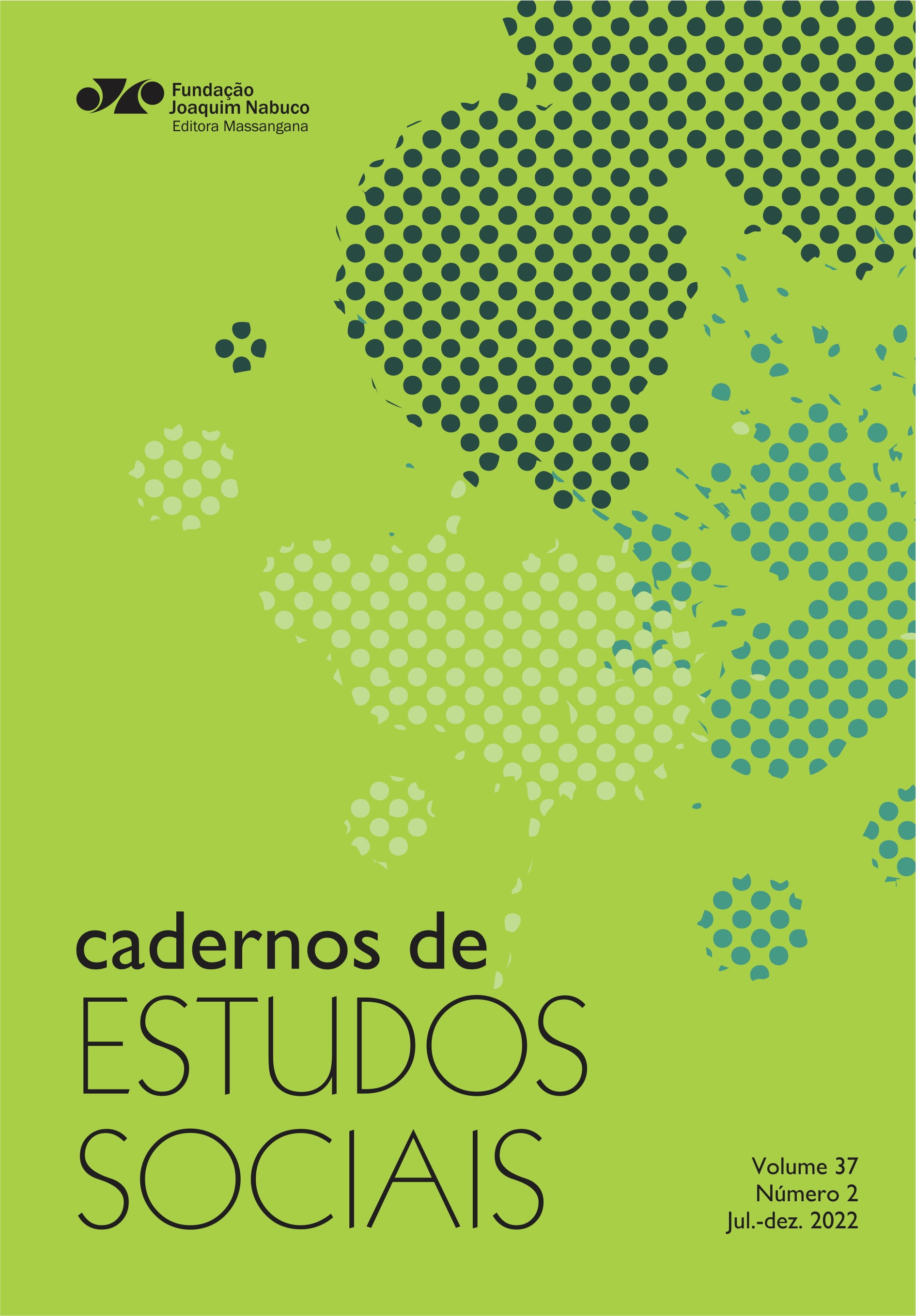DIFERENCIACIÓN INSTITUCIONAL EN LA ENSEÑANZA SUPERIOR BRASILEÑA Y DIMENSIONES DE LA DESIGUALDAD
DOI:
https://doi.org/10.33148/CES(2169)Resumen
Este artículo propone analizar dos casos empíricos con el fin de destacar los diferentes significados y posibles impactos del actual modelo institucional en el sistema brasileño de educación superior (SES). La atención se centra en la permanencia de los clivajes sociales dentro del sistema de enseñanza superior, a través de la diversificación institucional. La construcción de jerarquías académicas y sociales se verifica dentro del proceso de expansión diversificada del SES brasileño. Para ello, se analizan los impactos de los perfiles o tipos institucionales (diferenciación cualitativa de las instituciones) y de los perfiles de los cursos (los que dan acceso a las llamadas profesiones imperiales) en las trayectorias de estudiantes y titulados y en el mantenimiento de las desigualdades. Estudiamos la transición de los titulados superiores al mercado laboral, considerando los efectos moderadores o acentuadores del modelo institucional sobre las ventajas de origen social, y las evidencias encontradas en los cursos de ingeniería sobre las estrategias de cierre de las profesiones imperiales. Buscamos entender hasta qué punto la expansión de la enseñanza superior brasileña ha ampliado sus puertas de entrada y hasta qué punto se ha organizado para ofrecer (o no) oportunidades para que las características adscritas al individuo (género y raza, pero sobre todo, clase social) no sean los elementos determinantes de su destino social.
PALABRAS CLAVE: Enseñanza Superior. Diferenciación Institucional. Desigualdades. Brechas Sociales. Origen Social.
Descargas
Descargas
Publicado
Cómo citar
Número
Sección
Licencia
Derechos de autor 2023 Autor, concedendo à revista o direito de primeira publicação

Esta obra está bajo una licencia internacional Creative Commons Atribución 4.0.
Autores que publicam nesta revista concordam com os seguintes termos:
- Autores mantém e retém os direitos autorais. Os mesmos concedem à revista o direito de primeira publicação, com o trabalho simultaneamente licenciado sob a Licença Creative Commons Attribution que permite o compartilhamento do trabalho com reconhecimento da autoria e publicação inicial nesta revista.
- Autores têm autorização para assumir contratos adicionais separadamente, para distribuição não-exclusiva da versão do trabalho publicada nesta revista (ex.: publicar em repositório institucional ou como capítulo de livro), com reconhecimento de autoria e publicação inicial nesta revista.


